SUMMARY
This is AI generated summarization, which may have errors. For context, always refer to the full article.
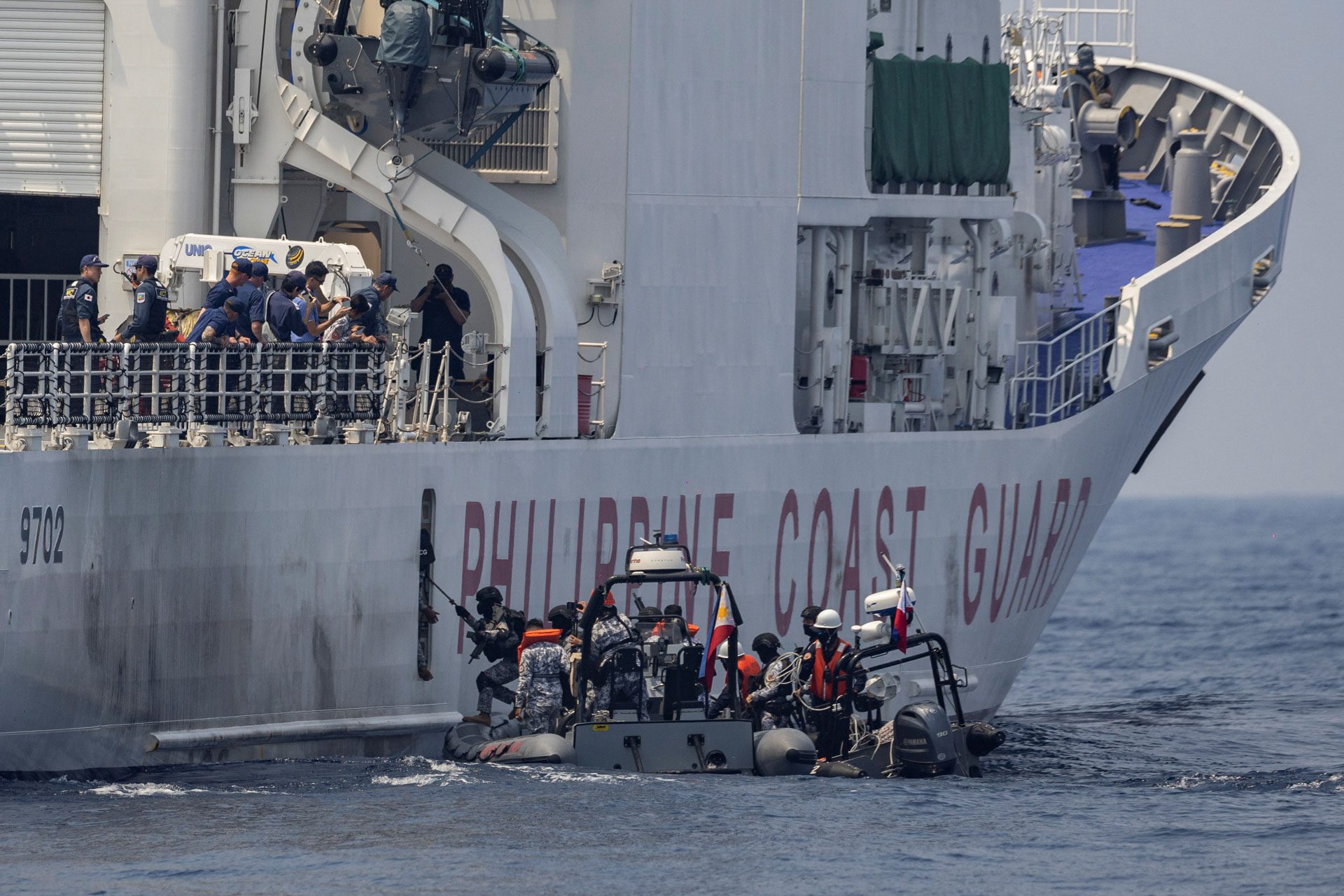
ABOARD THE BRP CABRA, the South China Sea – Vessels from the Philippine, US, and Japan coast guards on Tuesday, June 6, participated in what officials have dubbed an “unprecedented” joint exercise between the three nations amid the growing threat and repeated aggressive moves by China in the volatile waterway.
The Philippines’ BRP Gabriela Silang and Melchora Aquino were joined by the US Coast Guard (USCG)’s Stratton and Japan’s Akitsushima in a maritime law enforcement exercises some 15.3 nautical miles off the coast of Bataan province
In the Tuesday morning drill, the Philippine Coast Guard intercepted a vessel, the Japan-made BRP Melchora Aquino, dubbed “MV Destroyer” during the exercise. In the drill, the vessel was on its way to Philippine shores carrying with it “weapons of mass destruction.”
Filipinos entered the “MV Destroyer,” exchanged in a “fire fight” with the enemy, and captured those on board, only to find out that five had jumped overboard. The Japanese and American vessels, who happened to be nearby on freedom of navigation operations, respond to the Philippine ship’s request for search and rescue assistance calls.
A flurry of radio exchanges – from the crews of the Philippines’ BRP Gabriela Silang, the US Coast Guard (USCG)’s Stratton, and the Japan Coast Guard’s Akitsushima echo throughout the BRP Cabra as the three nations coordinated for the operation.
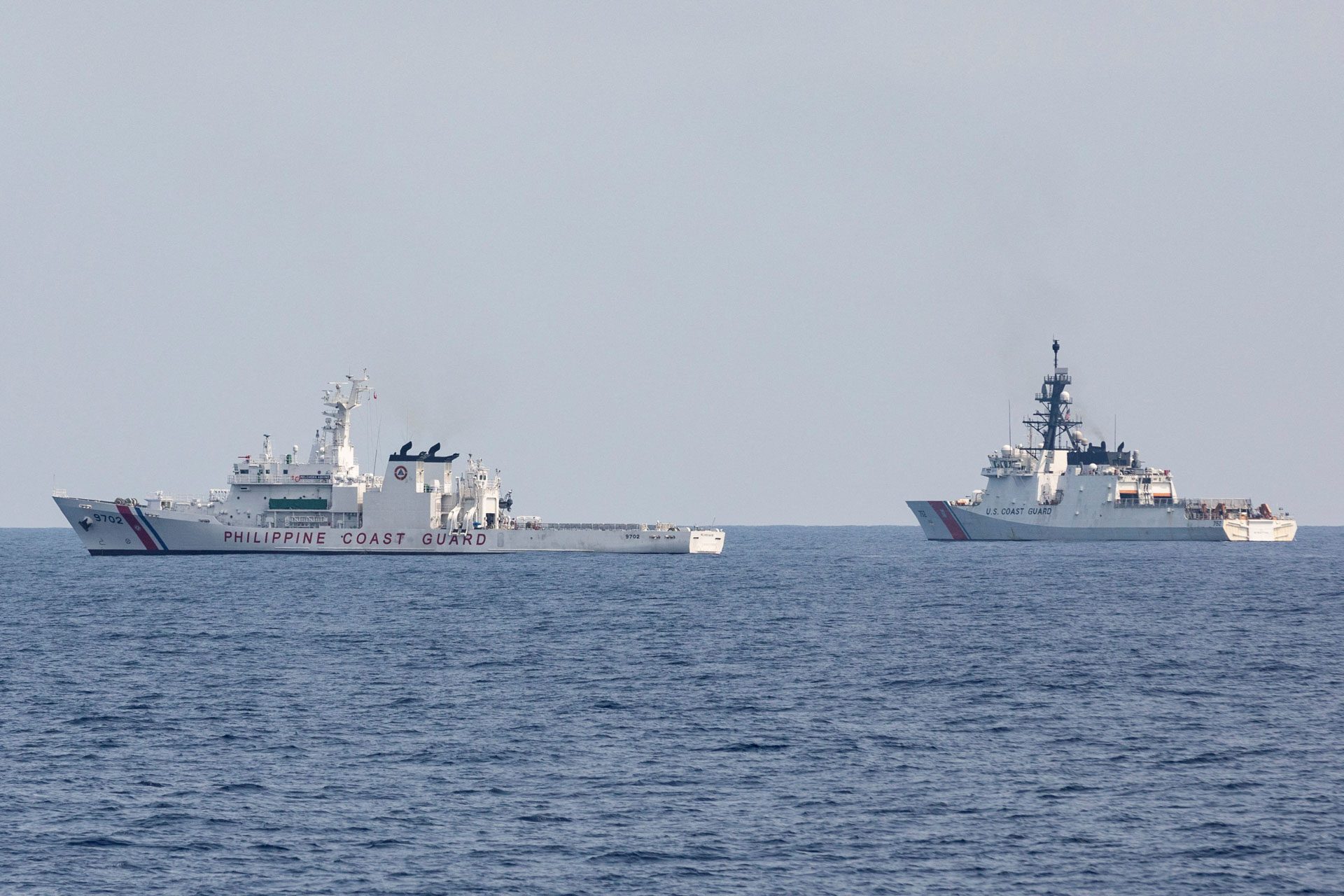
“This is purely coast guard to coast guard. Again, these exercises are to build the relationship we already have before,” said Coast Guard Lieutenant Junior Grade John Ybañez in an interview on Tuesday, on board the BRP Cabra, a multi-role response vessels (MRRV) that ferried members of the media from the port of Manila to the waters off Bataan within the opera box of the drills.
The BRP Suluan, also an MRRV, served as a security vessel during the exercise – just in case a vessel that is not part of the exercise enters the opera box or the area of operation some 20 nautical miles wide. In 2022, two Chinese Coast Guard vessels were spotted near waters where Philippine and US coast guards were conducting search and rescue drills.
Ybañez said it was routine to assign one vessel for security and said it had nothing to do specifically with China.



Ybañez downplayed the significance of the exercises being conducted at the West Philippine Sea, or part of the South China Sea within the Philippine exclusive economic zone. “This is the closest point it’s going to be logistically easier for everyone,” he said.
The Stratton is based in Alameda, California but made its way to the Asia Pacific over 70 days ago to visit the ports of its partners and allies. It visited Japan before heading to the Philippines and will be visiting another port in the region, although US Coast Guard personnel declined to disclose where.
“It means that we want to have more cooperation so hopefully in the future, we may have multilateral exercises, we don’t know. For now, this is a good thing that the different nations cooperating for this exercise can cooperate well and work well together in the future,” added Ybañez.

Before heading out into the West Philippine Sea off the coast in Bataan, members of the three coast guards engaged in different exercises – from a friendly game of basketball to an exchange specifically for women members of the organizations.
The Philippine Coast Guard said future versions of “Kaagapay” – the name they’ve given the joint exercises – may be set in different locations and could involve different kinds of drills.
Some 500 personnel joined the exercises on Tuesday, June 6. The exercises end on Wednesday, June 7. – Rappler.com
Add a comment
How does this make you feel?
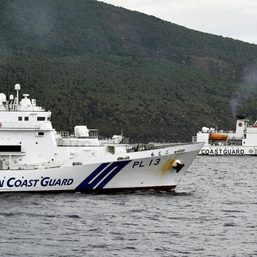

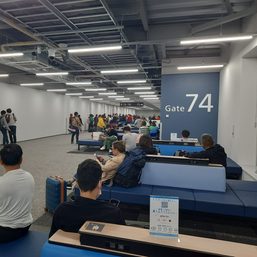

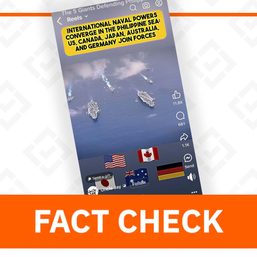

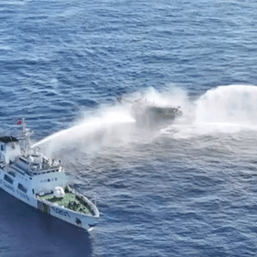
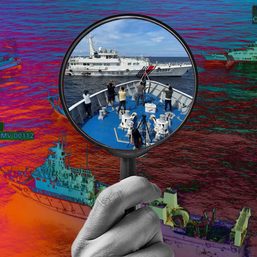
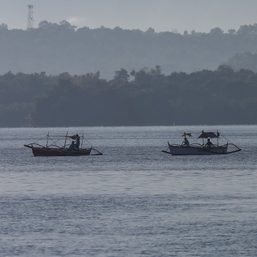




There are no comments yet. Add your comment to start the conversation.